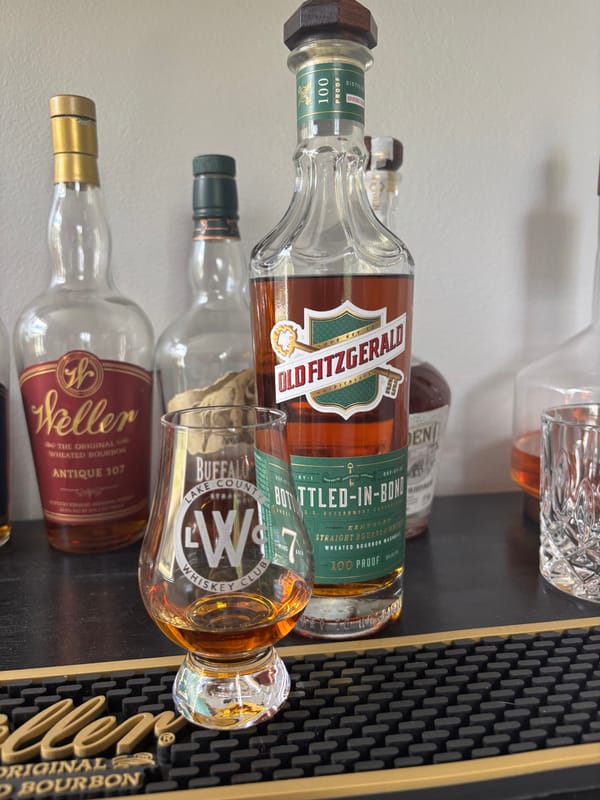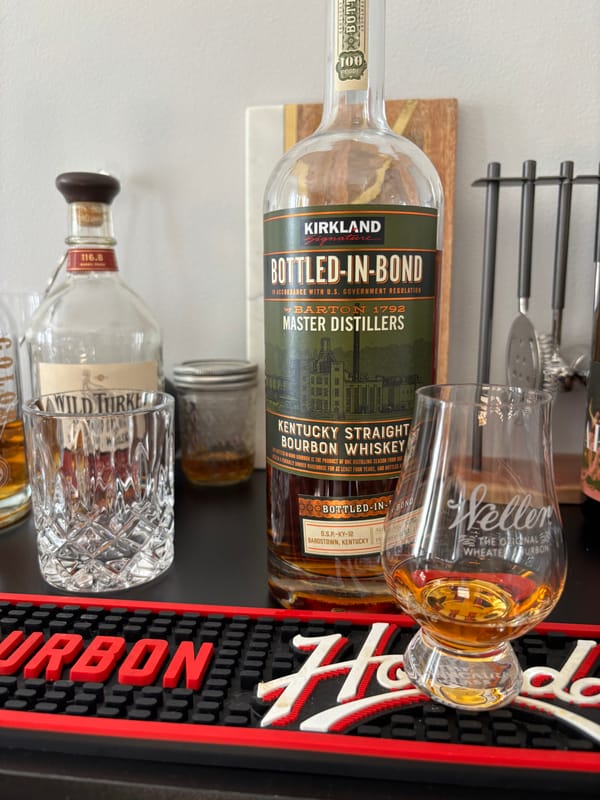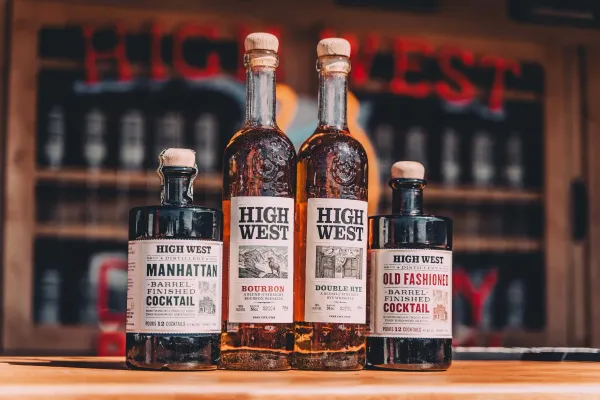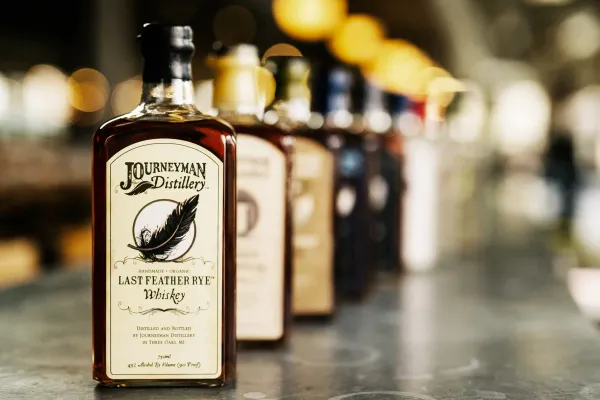Barrel Size: The Bourbon Trick You’ll Regret Missing

Barrel Size: The Bourbon Detail That Changes Everything
Bourbon barrels come in different sizes, and if you’re not clued in on how that affects your whiskey, you’re missing a key piece of the puzzle. Whether big or small, this choice reshapes every drop. Here’s the straightforward truth about barrel size in bourbon, free of fluff, and why it’s a 2025 revelation you can’t skip.
What Size Means for Bourbon Barrels
U.S. law mandates that bourbon age in new charred oak barrels (27 CFR § 5.22), but it doesn’t dictate a specific size, leaving room for variation. The industry standard is 53 gallons, a tradition dating back to the 19th century, though smaller barrels ranging from 10 to 30 gallons are also used to age bourbon more quickly. Every producer selects their preferred size, all within the legal bounds of new oak.
How Size Works in Aging
In a 53-gallon barrel, bourbon made from a mash with at least 51% corn takes time to develop—aging a minimum of two years to qualify as "straight" bourbon, often extending to four or eight years for fuller flavor. Smaller barrels accelerate this process because a greater proportion of the spirit contacts the oak, thanks to a higher surface-to-volume ratio, extracting vanilla and spice notes faster. Larger barrels, by contrast, slow the aging down, allowing flavors to evolve gradually over a longer period.
Size’s Impact on Your Glass
Bourbon aged in standard 53-gallon barrels tends to offer a balanced profile after years of maturation, meeting the 80-proof minimum with a smooth finish. In smaller barrels, the spirit picks up oak flavors more rapidly, resulting in a bolder taste that often suits higher proofs above 100, delivering intensity in less time. Regardless of size, the corn base keeps bourbon sweet, but the barrel’s dimensions determine how prominently the oak influences your sip.
Why Size Matters in 2025
Barrel size isn’t an arbitrary detail—it sets the pace for bourbon’s transformation from raw spirit to finished whiskey. By 2025, recognizing its role could give you a new lens on every bottle you try, whether it’s a slow-aged classic or a fast-tracked gem. Ready to taste the size difference? Check out NEAT: Whiskey Finder—it’ll help you track down bourbon and whiskey near you.





